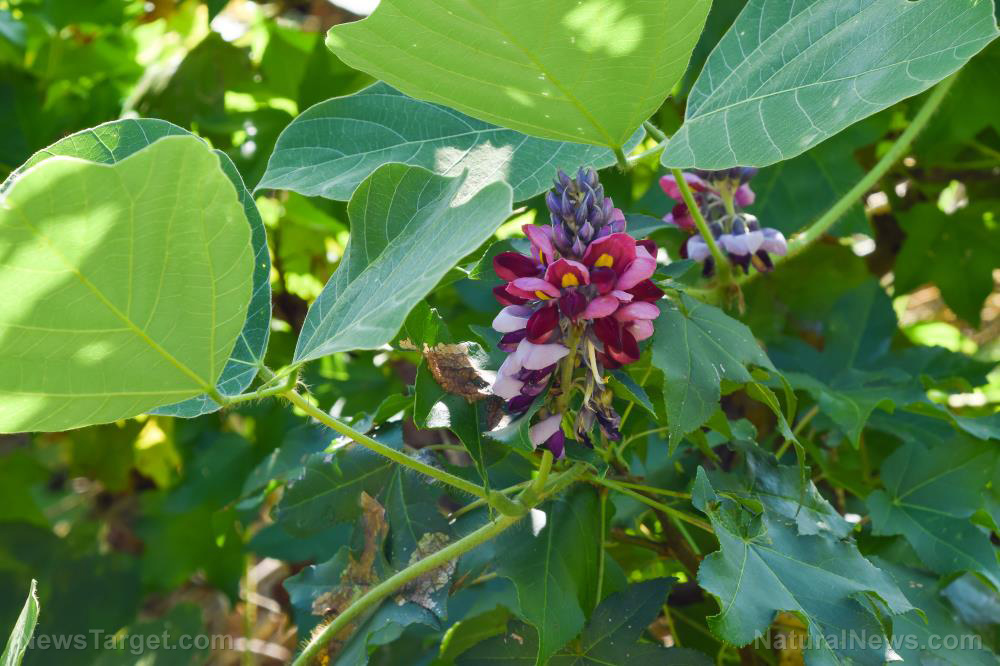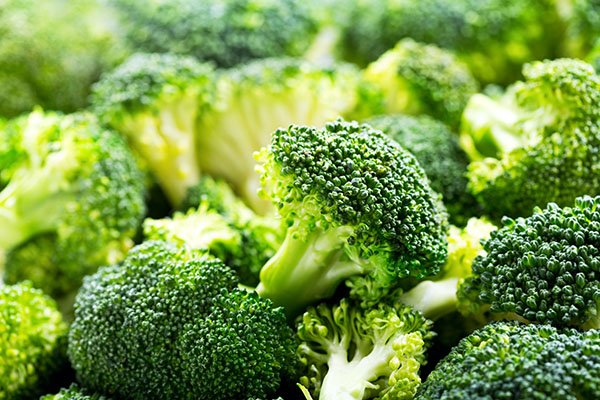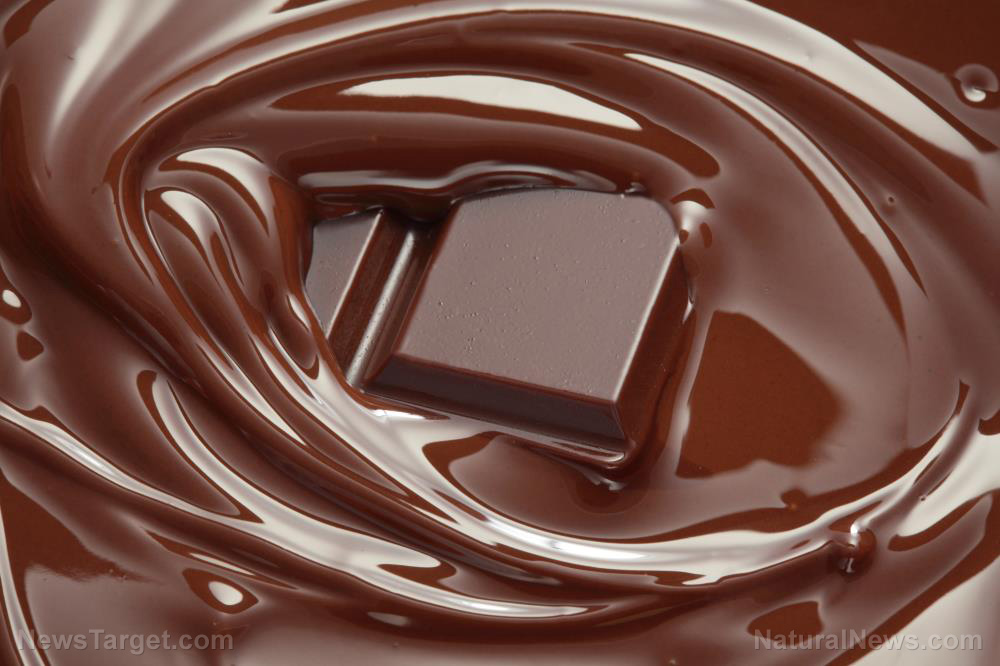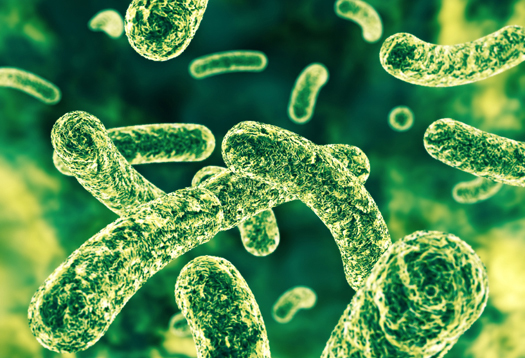 Parler
Parler Gab
Gab
Melatonin is the hormone most associated with the sleep-wake cycle. As a supplement, melatonin has gained popularity for insomnia support, helping your body to fall asleep naturally, especially when issues like jet lag or late-night shift work disrupt your normal sleep rhythm.
Melatonin as an adjunct therapy for headache disorders has received scientific validation, including a 2006 study by the Brain Research Institute in Brazil. Researchers expounded on prior research that found decreased melatonin levels in sufferers of both migraine and cluster-type headaches.
They found that melatonin has numerous mechanisms that work to relieve or prevent headaches, including an anti-inflammatory effect, toxic free-radical scavenging, reduction of pro-inflammatory cytokine upregulation and opioid analgesia potentiation, meaning it can enhance the effect of other pain medications.[viii]
2. ThiamineAlso known as vitamin B1, thiamine is one of eight essential B vitamins that helps regulate the conversion of food into energy. Naturally present in certain foods, thiamine is absorbed by the small intestine and stored primarily in the liver, but only in trace amounts, making it crucial to provide a continuous supply from your diet.[ix]
One of the risk factors of thiamine deficiency is headaches,[x] leading researchers to explore what may link these phenomena. Headache pain may cause a person to experience nausea and therefore avoid eating, causing a mild thiamine deficiency.[xi] Further, B vitamins as a group have been shown to affect clinical symptoms of migraine headaches.[xii]
To ensure you are getting adequate amounts of thiamine in your diet, eat foods such as macadamia nuts, lentils, pastured pork and grass fed beef, and vegetables like organic leafy greens, beets and potatoes.
3. KudzuWhen you think of kudzu, you probably think of the invasive vine that grows unchecked along many U.S. highways. What you may not know is that kudzu's root, flower and leaf are used to make traditional herbal remedies for ailments such as alcoholism, upset stomach, dizziness, vomiting and -- you guessed it -- headaches.
Kudzu goes by many names in many regions of the world, including Japanese arrowroot. A staple of traditional Chinese medicine, studies on kudzu supplementation have been primarily focused on the plant's unique ability to cure an alcohol hangover. Since headaches are a common hangover symptom, perhaps it was this connection that led researchers to explore self-treatment options for cluster headaches.
A 2009 analysis of kudzu extract use by cluster headache sufferers found that the extract, available over-the-counter at most herbal apothecaries and drug stores, was useful in alleviating the symptoms of cluster headaches: 69% of participants experienced decreased intensity of attacks, 56% experienced decreased headache frequency and 31% experienced decreased duration of pain.[xiii]
4. Hyperbaric Oxygen TherapyHyperbaric oxygen therapy is a treatment that was originally pioneered to assist deep-sea divers with a way to decompress safely after rapid resurfacing, a potentially life-threatening maneuver. In a hyperbaric oxygen chamber, the air pressure is increased to two to three times that of normal, allowing your lungs to take in much more oxygen than would be possible under normal conditions.
When this extra oxygen circulates in the bloodstream, it creates a healing opportunity that helps fight infection and can stimulate the growth of new, healthy cells. When it comes to treating cluster headaches, hyperbaric oxygen (HBO) interrupts these attacks when they happen and can even help prevent their recurrence for a period of several days.[xiv]
A controlled study published in Undersea Hyperbaric Medicine found that the subgroup treated with HBO experienced pain relief compared to the control group and determined that HBO can effectively act on serotonergic pathways of pain, calming the neurons along specific brain pathways that are affected in cluster attacks.[xv]
5. CAMShort for Complementary and Alternative Medicine, CAM refers to the category of therapeutic applications that fall outside the scope of standard medical care. Therapies and treatments that focus on holistic wellness, i.e., treating the whole person, are considered CAM, as opposed to Western medicine that focuses treatment on individual symptoms in isolation.
In 2008, a survey was conducted on multiple headache treatment centers in Italy. Results showed that between 8% and 28% of cluster headache sufferers who tried CAM treatments experienced relief from those therapies.[xvi] Examples of CAM therapies that may relieve headache pain include electromyographic (EMG) biofeedback, yoga, acupuncture and integrative medicine.[xvii]
6. PsilocybinPsilocybin is a compound in certain mushrooms -- often referred to as magic mushrooms -- that may have the ability to relieve cluster headaches. A study of 53 patients with cluster headaches who had used either psilocybin or LSD (lysergic acid diethylamide) for relief found that 25 of 48 patients who used psilocybin reported that their cluster period ended after treatment with psilocybin.[xviii]
Further, 18 of 19 psilocybin users reported an extended remission period after dosing with the mushrooms.[xix] Research into the therapeutic properties of psilocybin has led to multiple decriminalization measures in several states and to the development of medical research centers, including one at Johns Hopkins University,[xx] that are exclusively focused on psychedelic substances and their potential medical value.
7. Hawaiian Baby WoodroseAn ornamental plant in the morning glory family, Hawaiian baby woodrose seeds are used to make medicine for pain relief.[xxi] Combined with their analgesic quality, these seeds have a hallucinogenic effect that may help stop the pain of a cluster headache attack.
A case report was published in the Journal of Psychoactive Drugs in 2020 that documented an individual who used Hawaiian baby woodrose to successfully alleviate symptoms of cluster headache.[xxii] This individual also suffered from mental health problems and claimed to have benefitted from the use of psychedelics in the past.
This is the first case report to concurrently examine the analgesic and psycho-spiritual effects of Hawaiian baby woodrose, with the results highlighting the need for further research into the use of psychedelics in the management of cluster headache and mental illness.[xxiii]
Read more at: GreenMedInfo.com
The greatest moral failure of the world community of nations — ever!!!
By News Editors // Share
“Miracle Medicine Foods” by Rex Adams: Rediscovering nature’s pharmacy for holistic healing
By Belle Carter // Share
Broccoli: The powerhouse vegetable for nutrition and wellness
By Laura Harris // Share
Chocolate for a leaner, longer life
By News Editors // Share
These 3 probiotics can help you manage BLOATING
By Lance D Johnson // Share
Governments continue to obscure COVID-19 vaccine data amid rising concerns over excess deaths
By patricklewis // Share
Tech giant Microsoft backs EXTINCTION with its support of carbon capture programs
By ramontomeydw // Share
Germany to resume arms exports to Israel despite repeated ceasefire violations
By isabelle // Share










